If you’re like most gardeners, you have a few favorite tools that you use to take care of your plants. And if you’re like most gardeners, those tools are probably made of metal and susceptible to rusting. Rust can quickly damage your tools and make them unusable, so it’s important to take steps to prevent it from happening in the first place. In this article, we’ll answer some common questions about rust and provide tips on how to keep your garden tools from rusting.
Buy High Quality Tools to Start With
If you’re worried about your tools rusting, it’s important to buy high-quality tools to start with. This is especially true for shovels, hoes, and other tools that are regularly exposed to moisture. Look for tools that are made of stainless steel or another rust-resistant material.
Store Them Safely
The best way to keep your garden tools from rusting is to store them safely. This means keeping them in a dry, cool place where they won’t be exposed to moisture or extreme temperatures. If you can, store them indoors in a shed or garage. If you can’t, make sure they’re covered and protected from the elements.[1]
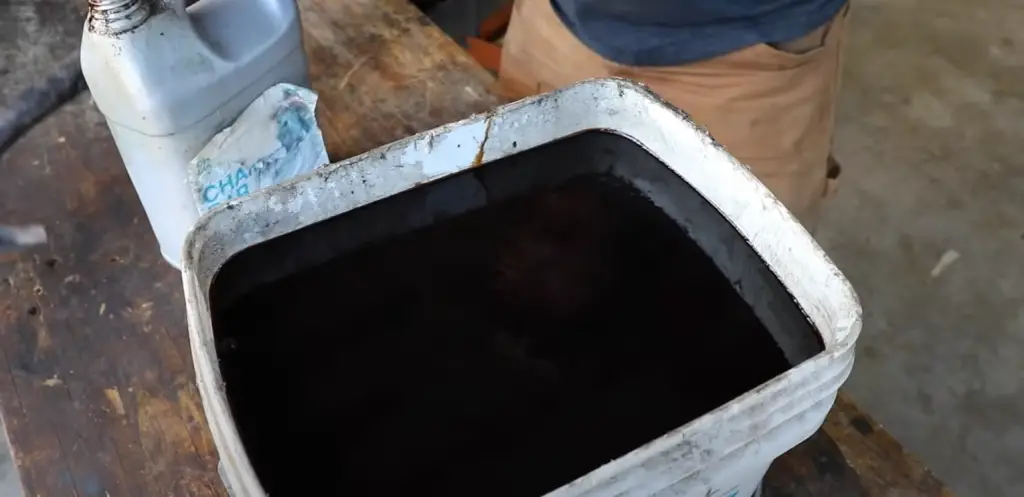
Another important thing to remember is to never store wet tools. Always wipe them down and allow them to dry completely before storing them away.
Use The Right Products
One way to keep garden tools from rusting is to use the right products. There are a number of rust-preventative products on the market, and it’s important to choose one that is appropriate for the type of tool you’re using. For example, some products are designed specifically for metal surfaces, while others can be used on both metal and wood.
Another thing to consider is whether you need a temporary or permanent solution. Some rust-preventative products will only provide temporary protection, so you’ll need to reapply them regularly. Other products will create a more permanent barrier that will last for several years.[1]
Finally, make sure to read the instructions carefully before applying any product.
Don’t neglect wooden handles
While metal is the primary concern when it comes to rust, it’s important not to neglect the wooden handles of your garden tools. If these are left untreated, they can become susceptible to rot and breakage.
To protect wooden handles, apply a coat of linseed oil at least once a year. You can also wrap them in paraffin wax or store them in a tightly sealed plastic bag.[5]
At least once a year, give your tools a quick sharpening
This will not only help them to work more efficiently, but it will also remove any dirt or debris that may be on the blades. A sharp tool is a safe tool!
If you live in an area with high humidity, you may want to consider storing your tools in a shed or garage. This will help to keep them from rusting as quickly.
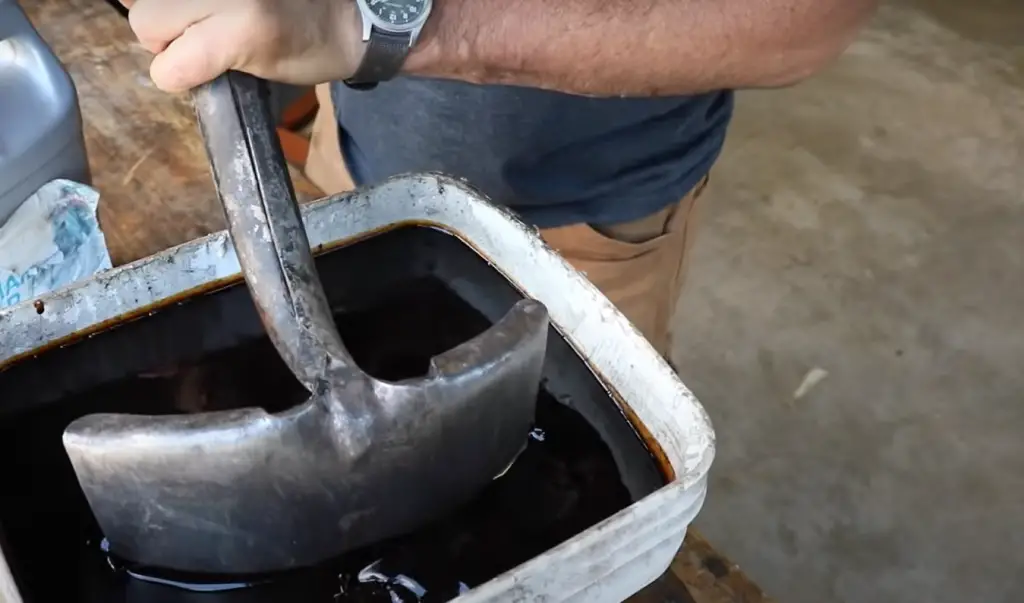
Be sure to dry off your tools after each use, and apply a light coat of oil if they will be stored for an extended period of time. This will help to keep them from rusting and preserve their blades.
9 Ways To Prevent Rust While Storing Your Garden Tools
Clean and dry
Clean and dry your tools before storing them.
The first and most important step in preventing rust is to clean and dry your tools before you store them. This will remove any dirt, debris, or moisture that could cause rusting. You can use a garden hose to rinse off your tools, then let them air-dry completely.
Be sure to rinse the soap off thoroughly afterwards. You can also use a commercial cleaner designed for cleaning garden tools.
Once your tools are clean and dry, apply a light coating of oil. This will help create a barrier between the metal and the elements, further reducing the risk of rusting. You can use WD-40, vegetable oil, or mineral oil for this step.
Finally, store your tools in a dry place. If possible, keep them indoors where they will be protected from moisture and humidity. If you must store them outside, consider investing in a storage shed or covered area.[5]
Remove rust
If you find your garden tools are starting to show signs of rust, don’t despair! With a little elbow grease and the right materials, you can easily remove rust from your tools and prevent it from coming back.
One of the best ways to remove rust is with a wire brush. You can use a hand-held wire brush or an electric one, depending on your preference. Just make sure to wear gloves and safety goggles to protect yourself from flying debris.
Start by brushing away any loose Rust flakes. If the rust is more stubborn, you can try using a chemical rust remover. Follow the instructions on the product carefully, as some chemicals can be very dangerous if used improperly. Once you’ve removed the rust, wash the tool with soap and water to remove any residual chemicals.
If you don’t want to use chemicals, you can also try using vinegar or lemon juice. Simply soak a cloth in the solution and then rub it onto the rust spots. Let it sit for a few minutes before scrubbing with a wire brush. Again, be sure to wash the tool afterwards with soap and water.[3]
Sand and sharpen
If your tools are already rusty, you can try to sand and sharpen them. This will remove the rust and give your tools a new lease on life. You’ll need to use a medium-grit sandpaper to remove the rust. Once you’ve removed the rust, you can then use a sharpening stone to sharpen the blades of your garden tools.
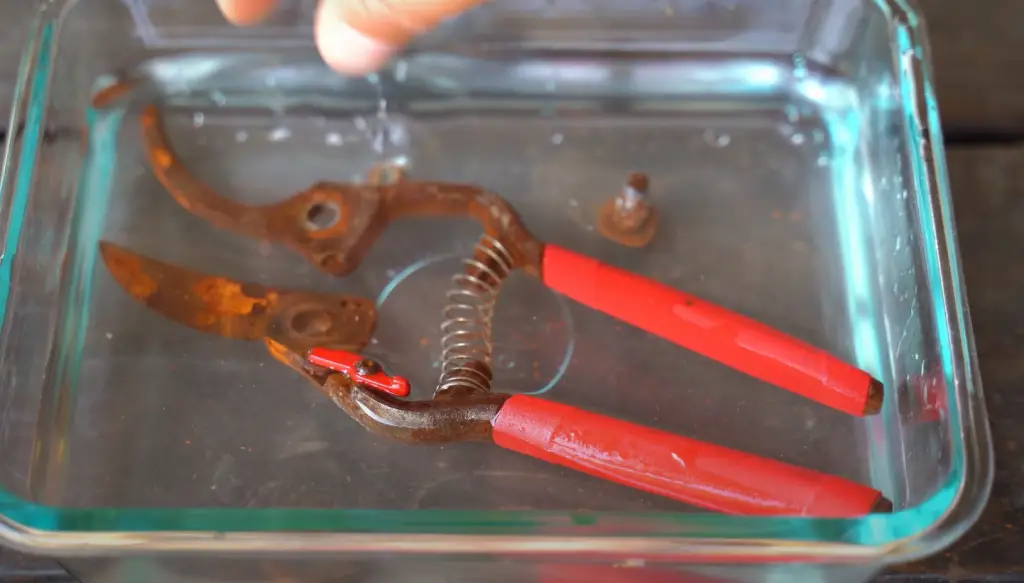
If you don’t have any sandpaper or sharpening stones, you can also try using vinegar or lemon juice. Just soak a cloth in either vinegar or lemon juice and then rub it onto the rusty areas of your garden tools. Let the Vinegar or lemon juice sit for about an hour before rinsing it off with water.[3]
Sanitize
The first step is to sanitize your tools. This will remove any dirt, grime, or debris that may be on them. You can do this by wiping them down with a damp cloth or using a garden hose to spray them off.
Once they’re clean, you’ll need to dry them completely. Leaving any moisture on your tools can cause rusting, so make sure to use a clean towel or air dry them before moving on to the next step.[5]
Season with oil
One way to keep your tools from rusting is to season them with oil. This will create a barrier between the metal and the moisture in the air. You can do this by wiping down your tools with a light coat of oil after you use them. Olive oil or coconut oil are both good choices for this.[3]
Store wisely
Be sure to put away your tools in a dry place. If you have an outdoor shed, make sure it is well ventilated so that moisture can’t build up inside.
You could also invest in a tool cabinet with drawers that seal shut to keep out moisture. If you live in a particularly rainy or humid climate, consider getting a dehumidifier for your storage space.
This will prevent them from coming into contact with each other and potentially scratching the surface of the metal which could lead to rusting. You can find these bags at most hardware stores.[5]Use White Vinegar and Steel Wool to Clean Your Tools
White vinegar is a natural rust remover. The acid in the vinegar will react with the iron oxide and dissolve it. You can use white vinegar to remove rust from your tools in two ways.
You can either soak the tool in a bucket of white vinegar for a few hours or overnight, or you can apply the vinegar to the rust with a rag and scrub at it until the rust comes off. If your tool is very rusty, you may need to repeat this process several times.

Once the rust has been removed, rinse the tool off with water and dry it thoroughly. Then, take a piece of steel wool and rub it over the area where the rust was.[3]
Loosen stuck tools
If you have any tools that are stuck together, it’s important to loosen them before they have a chance to rust. This can be done by using WD-40 or another lubricant.
Then, try to gently pry the two pieces apart. If they’re still stuck, you may need to use a hammer or other tool to lightly tap them apart.Once you’ve gotten the tools unstuck, be sure to clean off any residue from the lubricant so that it doesn’t attract dirt and grime. You should also oil the moving parts of the tools to keep them from rusting in the future.[4]
When in Doubt, Try Turpentine
Turpentine is a natural solvent that can be used to remove rust from tools. It’s also effective at preventing rust in the first place. Simply dip a cloth in some turpentine and wipe down your tools after each use. You can also add a layer of protection by coating your tools with a thin layer of oil before storing them.
If you’re looking for a more environmentally friendly option, white vinegar is another household item that can be used to remove rust. Soak a rag in vinegar and rub it on the affected areas. You may need to let it sit for a few minutes before wiping it away.[3]
Can You Renew Rusty Garden Tools With Power Tools?
If you have some garden tools that are starting to show their age, you may be wondering if you can use power tools to renew them. The answer is yes! Power tools can remove rust from your tools and make them look like new again.
There are a few different ways that you can use power tools to remove rust from your garden tools. You can use a wire brush attachment on your drill to scrub the rust off of your tools. You can also use a grinding wheel or sandpaper to remove the rust.
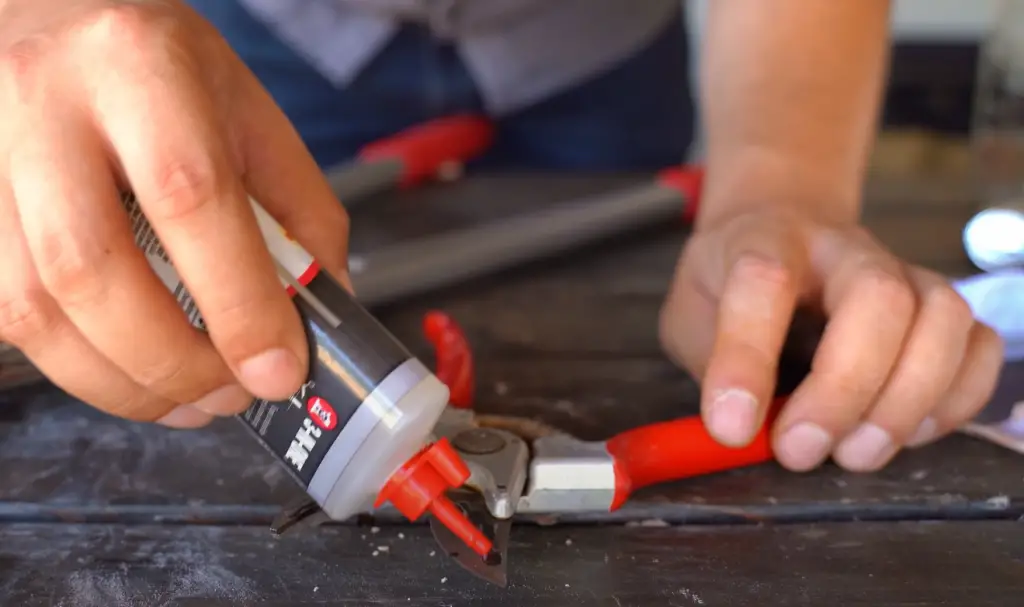
Once you have removed the rust from your garden tools, you will need to protect them from future Rust by applying a coat of paint or varnish. You can also apply a coat of oil to help protect your tools from rust.[2]
FAQ
What causes garden tools to rust?
There are a few things that can cause garden tools to rust. One is simply age and wear. Over time, the metal on your tools will start to break down and become weaker. This process is hastened by exposure to water, which is why it’s important to dry off your tools after each use. Another common cause of rust is storing your tools in an environment that’s too humid.
If you live in an area with high humidity, it’s important to take extra care of your garden tools. Make sure you store them in a dry place, and consider investing in a dehumidifier for your shed or garage. You should also avoid using them in wet conditions as much as possible. If you do get them wet, make sure to dry them off as soon as possible.
What can I put in my tool box to prevent rust?
You can put a few things in your tool box to prevent rust such as:
- A small container of WD-40
- A silicone spray
- A can of compressed air
- A clean rag
Here’s how to use each one:
- WD-40 is best for light rust. Simply spray it on and wipe it off with a rag.
- Silicone spray creates a barrier that prevents rust from forming. Spray it on and let it dry.
- Compressed air can be used to blow away any dirt or debris that could cause rust. Be sure to hold the can upright so the compressed air doesn’t freeze the tools.
- A clean rag can be used to wipe away any moisture that could lead to rust.
What kind of oil do you use for garden tools?
There are a few different oils that you can use to keep your garden tools from rusting. One option is to use WD-40. This oil is designed to protect metal from rust and corrosion. You can also use vegetable oil or olive oil. These oils will help to lubricate the metal and prevent rust from forming.
Another option is to use a product like Rust-Oleum Rust Reformer. This product is designed to stop rust in its tracks and prevent it from coming back. It’s a good idea to apply this product before you store your garden tools for the winter.
Can you use olive oil on garden tools?
Olive oil is a natural rust inhibitor and can be used to protect garden tools from rusting. Simply wipe the olive oil onto the tools using a clean cloth and then store the tools in a dry place.
Can I use WD-40 on my pruning shears?
Yes, you can use WD-40 to prevent rust on your pruning shears. Simply wipe the blades down with a cloth soaked in WD-40 after each use. You should also store your pruning shears in a dry place when not in use.
How to keep shovels from rusting?
Shovels are one of the most commonly used garden tools and they can easily rust over time. To prevent them from rusting, it is important to clean them regularly. After use, remove any dirt or soil on the shovel with a wire brush or steel wool and then wash it with soapy water. Dry the shovel thoroughly and apply a light coating of oil, such as WD-40, vegetable oil, or mineral oil. This will help protect it from moisture and keep it from rusting. Additionally, storing your shovel in a dry place when not in use can also help reduce the risk of rusting.
Another way to protect your shovel from rusting is to coat it with a protective layer of paint or varnish. This can help to form a barrier between the tool and moisture in the air, keeping it from rusting. Additionally, if you live in an area where snow is common, try to avoid storing your shovel outside during the winter months as this could accelerate any potential rusting process.
Finally, if your shovel does become rusty over time, you can remove the rust with sandpaper and then reapply oil or paint to protect it from future rusting. Regular cleaning and maintenance will also help keep your tools looking good as new for years to come.
How to clean rusty garden tools?
Rust can be a major problem for garden tools if not dealt with properly. To keep your garden in top form, it’s important to clean rusty garden tools regularly and take preventative measures to stop them from rusting further. Here are some tips on how to do this:
- Start by scrubbing the rusty areas with a stiff brush and soapy water to loosen any grime or dirt that has built up over time.
- Once the tool is free of dirt and debris, rinse with water and dry completely with a cloth or let air dry before moving on to the next step.
- If the rust is minimal, you may be able to remove it using steel wool or sandpaper.
- For more severe rust, use a specialized rust remover to dissolve the rust away. Make sure to follow the product instructions and wear gloves for safety.
- After removing the rust, apply a thin layer of oil or wax to all surfaces of your tools, including any blades or edges. This will help protect them from further corrosion and keep them looking like new.
- If possible, store your garden tools in a dry place and make sure they are not exposed to moisture or humidity when not in use.
By following these steps, you can help keep your garden tools free from rust and looking their best!
How to get rust off hedge clippers?
If your hedge clippers have already begun to rust, there are a few strategies you can use to remove the rust and get them looking like new again.
- Use steel wool or a wire brush to scrub off the rust. This is best done with leather gloves so you don’t hurt your hands while scrubbing away at the rust.
- Create a paste with baking soda and white vinegar. Apply this paste over the rusted areas of the clippers and let sit for about 15 minutes before wiping clean and rinsing with water.
- Try using an abrasive cleaner such as CLR or Bar Keeper’s Friend to remove stubborn rust stains from your clippers. Rub it on in a circular motion and rinse off with warm water.
- Apply a rust-inhibiting oil or lubricant to the clippers after you’ve gotten all of the rust off. This will help prevent future rust from forming, keeping them looking like new for years to come!
How do I stop my tools from rusting in my shed?
Storing your garden tools in a shed can help protect them from weathering elements, but it won’t necessarily stop them from rusting. To keep your garden tools safe and free of rust, there are some simple steps you can take:
- Keep the area dry: Make sure that the air inside your shed is as dry as possible by keeping windows and doors open when the humidity is low or using dehumidifiers when needed.
- Provide adequate ventilation: Avoid placing tools too close to each other so that air circulates around them. If possible, mount shelves vertically with enough space between them to allow for good airflow. Also make sure to include enough openings at the top and bottom of the shed for the air to move freely.
- Clean and lubricate the tools regularly: Make sure to keep all the surfaces of your garden tools clean by removing dirt, debris, and any rust that may have accumulated on them. Additionally, coat the blades with a light layer of oil or spray to prevent further corrosion.
- Store tools away from moisture: Don’t store garden tools directly on concrete floors since they tend to absorb moisture easily; instead, put them on wood shelving or a pallet. Also make sure that water drains away from the shed walls so that it doesn’t collect around the tools.
Does WD-40 keep garden tools from rusting?
Yes, WD-40 is a great way to help keep garden tools from rusting. It works by forming a protective waterproof barrier on the metal surfaces of your tools which helps to protect them against the elements that cause rust and corrosion. Additionally, it helps to displace moisture which further reduces the chance of rust development. After using your gardening tools in wet or damp conditions, use some WD-40 to spray down the tool and let it dry for extra protection. Regularly applying this product can prolong the life of your garden implements and should be part of any responsible gardener’s tool maintenance routine. Be sure not to apply too much as any excess will attract dust and debris which can interfere with normal operation. All in all, WD-40 is an easy and cost effective way to help keep your garden tools rust free.
For maximum protection, you should also consider storage options that will help protect the tools from exposure to moisture and humidity. Whenever possible, try to store your gardening implements in a dry area away from direct sunlight or other sources of heat. If your tool shed does not have adequate ventilation, use a dehumidifier to reduce humidity levels inside the building.
Finally, it is important to remember that all metal parts on gardening tools are subject to wear and tear. Regular maintenance such as sharpening blades, tightening bolts and nuts, replacing worn parts will all help extend the life of your tools.
Does vinegar get rid of rust on garden tools?
Yes, vinegar is a natural rust remover and can be used to remove rust from garden tools. To use vinegar to get rid of rust on your garden tools, first soak the rusty tool in white distilled vinegar for several hours or overnight. After soaking, scrub off the rust with a wire brush and rinse off any remaining residue with water. If there are still stubborn patches of rust remaining, you can try using a rag soaked in undiluted white distilled vinegar to scrub them away. Finally, dry the tool and apply oil or wax as desired to protect it from further corrosion. With regular maintenance, this process should help keep your garden tools from rusting over time.
Does Coke remove rust from garden tools?
No, Coke does not remove rust from garden tools. It may be effective in loosening rust deposits but it will not likely completely remove the rust from the metal surface. The best way to keep your garden tools from rusting is to dry them thoroughly after each use and store them in a cool, dry place away from moisture. Additionally, you can coat the metal with a protective layer of oil or wax to help prevent oxidation and ensure that your tools last longer. To remove existing rust, use steel wool or a wire brush before applying an oil-based lubricant such as WD-40 or 3-in-1 Oil. For more stubborn areas of corrosion, try using white vinegar or lemon juice mixed with coarse salt and scrub vigorously with a brush to remove the rust. Once finished, apply a thin layer of oil or wax to protect the metal and help prevent future rust formation. With regular maintenance and cleaning, you can keep your garden tools looking like new for years to come!
What’s the best rust remover for garden tools?
The best rust remover for garden tools depends on the degree of corrosion and materials used in the making of your tools. For light to medium surface rust, use a bristle brush or acid-free soap and water to clean away any dirt or debris. If you have more extensive damage, an abrasive cleaner like steel wool can help remove tougher layers of corrosion.
Using a vinegar solution is also an effective way to remove rust from metal garden tools. Create a mixture of one part white vinegar and one part water and use it to scrub away at the rusted areas with a cloth or sponge. If necessary, let the solution sit on the tool for several hours before cleaning off with fresh water.
If neither of these solutions work, consider using a commercial rust remover. These products are designed to penetrate beneath the surface of metals and dissolve the rust away. Follow all product instructions carefully for best results.
Does hydrogen peroxide remove rust from garden tools?
Hydrogen peroxide can be used to remove rust from garden tools. It is a mild acid that reacts with iron oxide (rust) to dissolve it off the surface of metal objects. To use hydrogen peroxide, pour some onto a cloth and wipe the rusted area gently. Make sure not to scrub too hard in order not to scratch the tool’s surface. Another efficient way of removing rust from tools is by using baking soda. Mix one cup of baking soda with one cup of water until you get a thick paste-like consistency. Spread this paste over the affected areas on your garden tools and let sit for 30 minutes before wiping away any excess with a damp cloth. If necessary, you can use an old toothbrush or steel wool to help remove stubborn debris. Finally, rinse off the tool with cold water and dry it thoroughly. Properly maintained tools can last for generations and be passed down from one family member to the next. With these tips, you can keep your garden tools rust-free so that they’ll stand the test of time.
What is the best homemade rust remover?
One of the best homemade rust removers is a mixture of white vinegar, baking soda, and lemon juice. Simply mix together equal parts of each ingredient in a bowl or spray bottle, then apply to the rusty tools and let them sit for 1-2 hours before wiping off with a damp cloth. You may need to repeat this process several times for severely rusted objects. Other common household ingredients that can be used as rust removers include cola, potato slices, lime juice, salt water and hydrogen peroxide. To prevent garden tools from getting rusty in the future, you should always clean them thoroughly after use using hot soapy water and an abrasive pad or brush if necessary. Then dry completely with a rag before storing away. Additionally, try to store your tools in a dry location out of direct sunlight and consider applying a light coating of oil or wax to protect them from moisture. With routine cleaning and maintenance, you can help ensure that your garden tools stay rust-free for years to come.
Useful Video: Simple Trick Prevents Garden Tools Rusting
Conclusion
So there you have it, our complete guide on how to keep garden tools from rusting. We hope you found it helpful and that you can now keep your gardening tools in tip-top condition for many years to come. Thanks for reading!
References:
- https://wd40.in/home-uses/how-to-keep-garden-tools-rust-free/
- https://www.gardeningknowhow.com/garden-how-to/tools/cleaning-rusty-garden-tools.htm
- https://www.newlifeonahomestead.com/rust-free-garden-tools/
- https://www.handyman.net.au/how-protect-garden-tools-rust-and-corrosion
- https://www.gardenbetty.com/6-simple-tips-for-maintaining-your-gardening-tools/





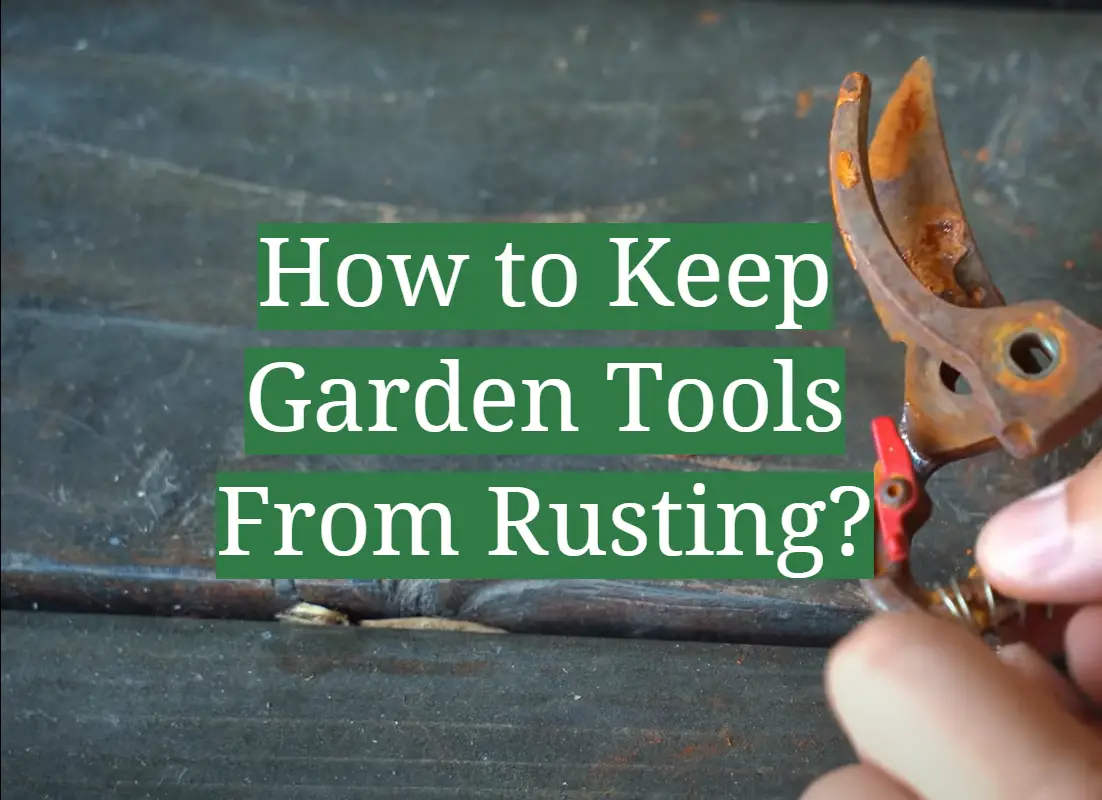


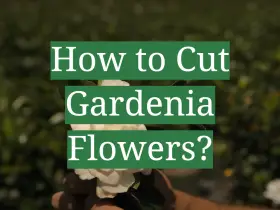
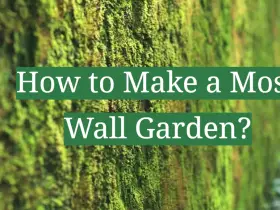
Leave a Reply
View Comments